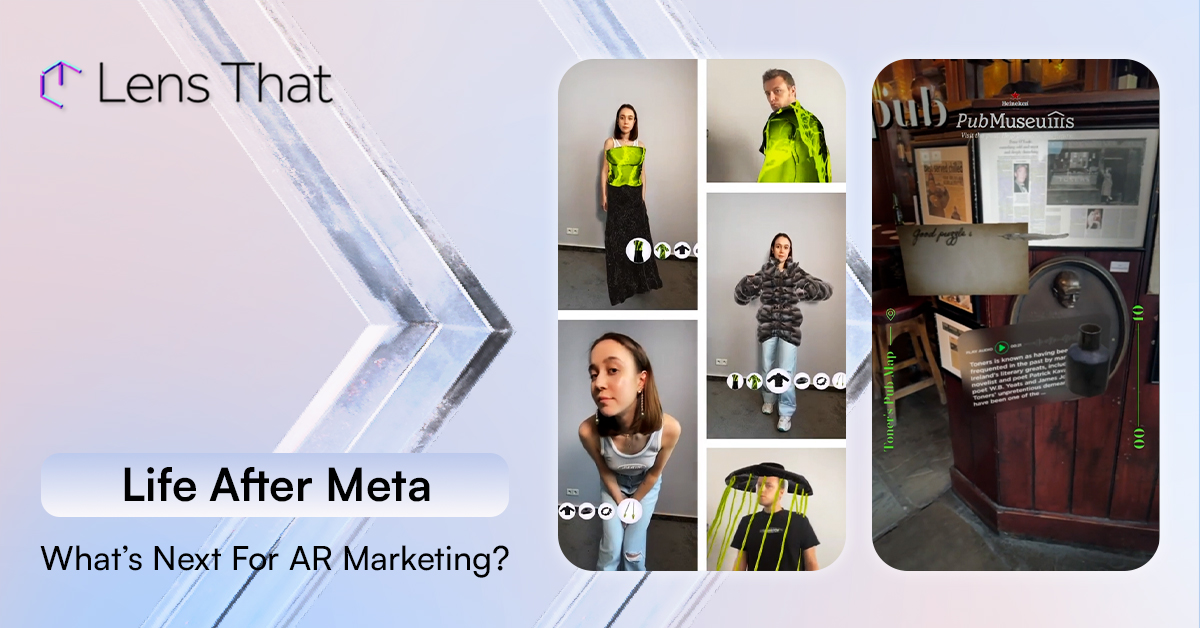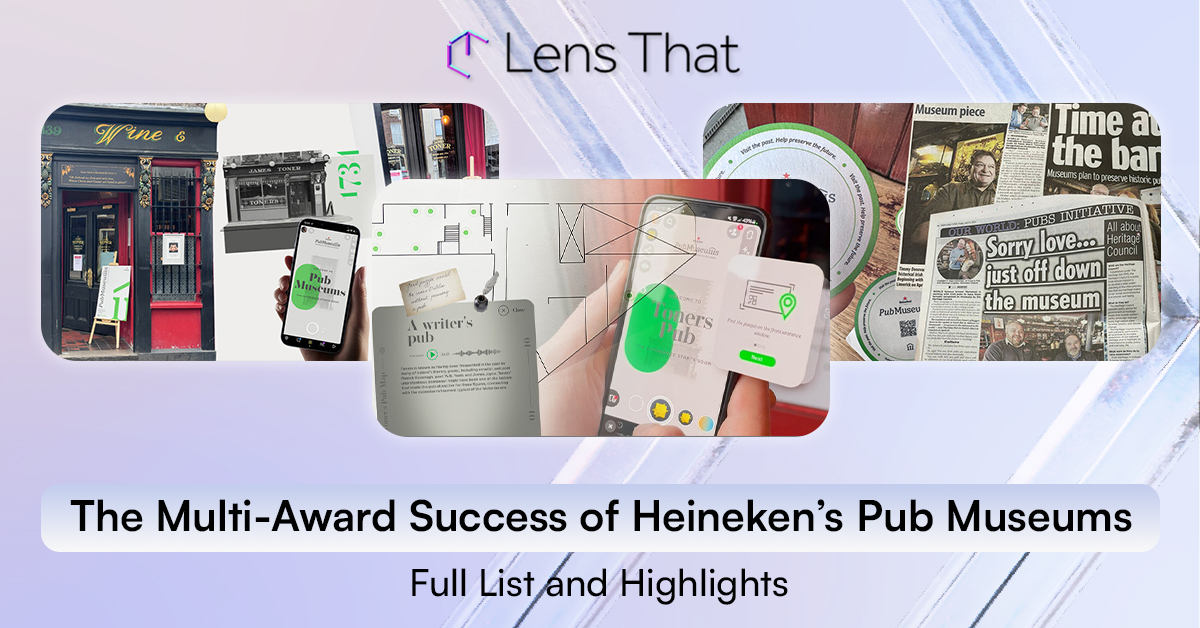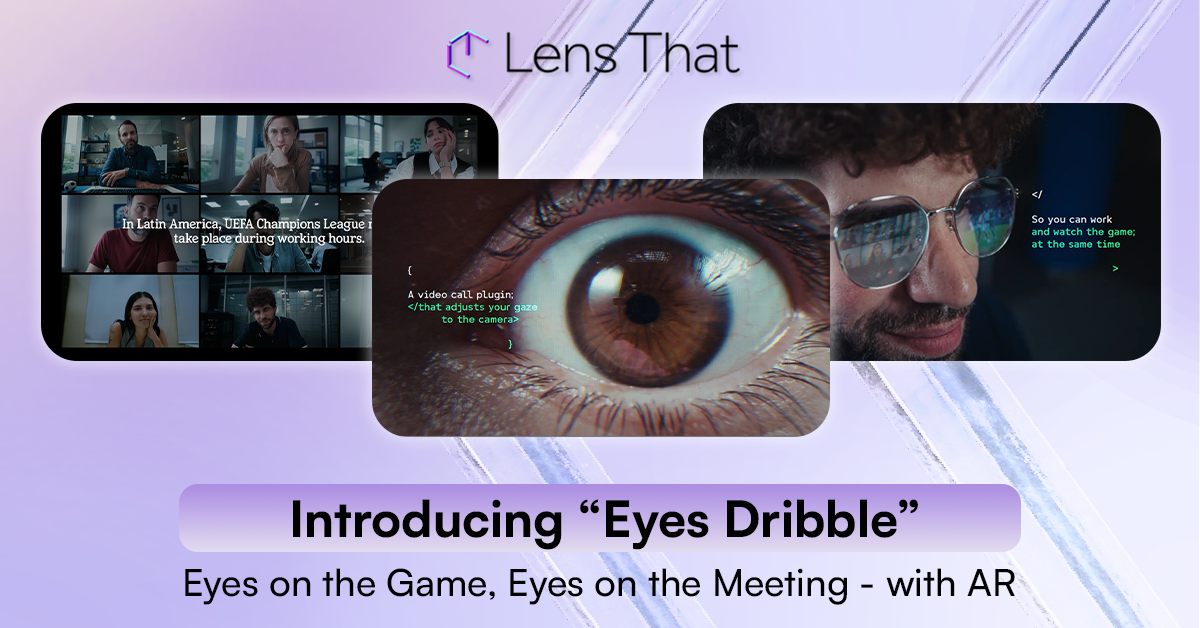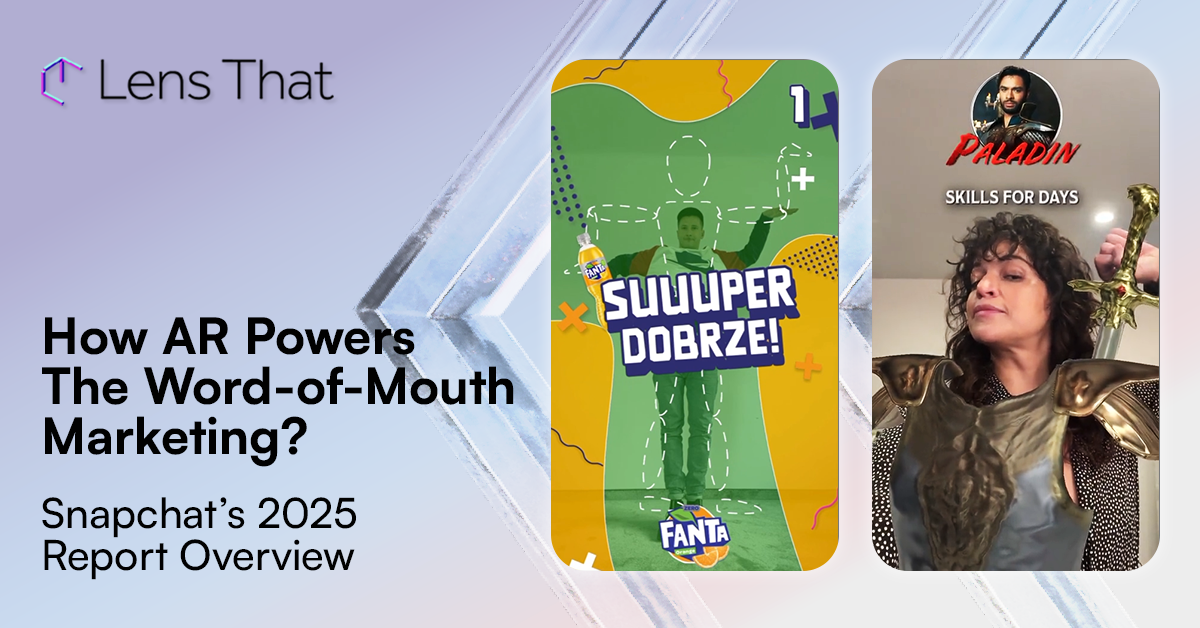
Life After Meta. What’s Changed—and What’s Next—for AR Marketing
Meta Spark is gone, but AR is thriving. Discover how other platforms are stepping up and what that means for the future of AR advertising in 2025.
For years, Meta Spark set the tone for Augmented Reality on social media. It gave brands a huge platform to promote their products and services not only through passive ads, but allow them to build aesthetic, funny, and interactive AR Filters users look forward to using in their everyday content.
But in January 2025, that era came to a close when Meta officially shut down Spark AR, leaving many wondering: what now?
Six months later, one thing is clear—Augmented Reality didn’t disappear. it evolved.
With Spark gone, platforms like Snapchat, TikTok, and WebAR stepped up to fill the gap. Each one brought its own advantages to the AR industry, offering brands new ways to connect with their audiences, often more creatively and effectively than before.
Let’s break down what’s changed and what’s next for AR Marketing.
Snapchat (Lens Studio)
Contrary to what some might believe, Snapchat is alive and well. With over 900 million monthly active users and 460 million daily users as of Q1 2025, the platform remains a powerhouse, especially for Gen Z and younger millennials. And since the beginning, Augmented Reality has always been at the core of the app.
Snap’s Lens Studio offers unmatched creative and technical freedom. Regular updates and AI-powered tools have made it easier than ever to build immersive, personalized experiences, from interactive games to realistic virtual try-ons. The integration of Bitmoji avatars adds another layer of personalization, allowing users to feel like active participants in branded stories.
In our multi-award-winning project, the Pub Museums campaign for Heineken, we used Lens Studio to transform iconic Irish pubs into virtual AR museums. The campaign, appreciated by initiatives like Cannes Lions (one of the biggest marketing events in the world) for preserving cultural heritage and saving the places loved by local communities from closing their doors.
Learn more about the project here.
TikTok (Effect House)
TikTok is still the epicenter of cultural conversation, with 1.925 billion monthly active users worldwide. Its AR creation tool, Effect House, makes it easy for brands to jump into viral trends without needing heavy production.
Here, interactivity is king. Randomizers, meme-based effects, AI filters, and personality quizzes dominate the platform, and users love it.
That’s exactly what we tapped into for L’Oreal Paris and the launch of Telescopic Lift Mascara. We created an interactive AR Effect where users could choose their ideal lash look and follow a step-by-step tutorial directly within the app, on their faces, in real-time. On a platform built around beauty influencers, makeup tutorials, and “GRWM” content, it struck the perfect chord with the community.
Learn more about the project here.
On TikTok, being quick and culturally relevant is more important than perfection—and that’s a huge opportunity for brands reaching out to the younger audiences.
WebAR (8th Wall)
WebAR lets users experience Augmented Reality directly through their mobile browsers—no app download required. This simplicity removes major barriers to entry, making it ideal for large-scale reach and fast user engagement.
Because it isn’t tied to a specific social platform, WebAR offers brands full creative control and flexibility. It’s especially useful for age-restricted categories like alcohol, where traditional social media promotions face legal limitations. With built-in age verification, brands can deliver compliant AR experiences directly to their target audience—Just like we did with the Johnnie Walker AR mural, making it come to life simply by pointing your smartphone camera.
Learn more about the project here.
WebAR is fast to launch, easy to scale, and versatile across marketing channels, making it one of the most efficient ways to integrate AR into the customer journey.
AR In Branded Apps
While AR on social media is a powerful tool for reach, virality, and user-generated content, in-app AR delivers deeper, more intentional engagement. Social platforms often limit interaction time to seconds, but in-app AR creates space for exploration, whether it’s trying on products, exploring loyalty programs, or playing branded games.
Native integration with a device’s sensors and camera makes in-app AR smoother, more responsive, ideal for spatial tasks or brand experiences that need precision. Social AR is also bound to the shifting sands of algorithms and platform policies, while in-app AR gives brands full control over updates, design, and data. For brands aiming for long-lasting interactions, this is where the real value lies.
A great example is Coca-Cola’s festival wristband campaign. Rather than launching a standalone AR activation that users would forget after a few taps, Coca-Cola upgraded its existing app with a powerful AI + AR tool. Developed in collaboration with LiquidThread and our studio, the feature let users design their own collectible wristbands and try them on in real time through Augmented Reality.
Learn more about the project here.
What’s Next?
The end of Spark AR marked the end of a chapter—not the story.
Looking back at last few months, we’re now noticing more platform diversity, more creative tools, and more opportunities for brands to make AR a core part of their digital strategy. Whether it’s real-time personalization, viral challenges, product try-ons, or location-based storytelling, AR is a must-have for brands that seek marketing strategies that will help them stand our from the competition.
At Lens That, we’re proud to be official certified partners across all major AR platforms, including Lens Studio, Effect House, and 8th Wall. On TikTok, in particular, this is essential: only certified partners can build branded AR Effects.
We help brands navigate this shifting ecosystem with confidence, creativity, and platform expertise. Whether it’s Snapchat Lenses, TikTok Effects, or WebAR activations, we focus on building experiences that not only grab attention but drive meaningful engagement, measurable results, and long-term brand value.
AR is becoming a core part of modern marketing, and we’re here to make sure our partners lead the way.




